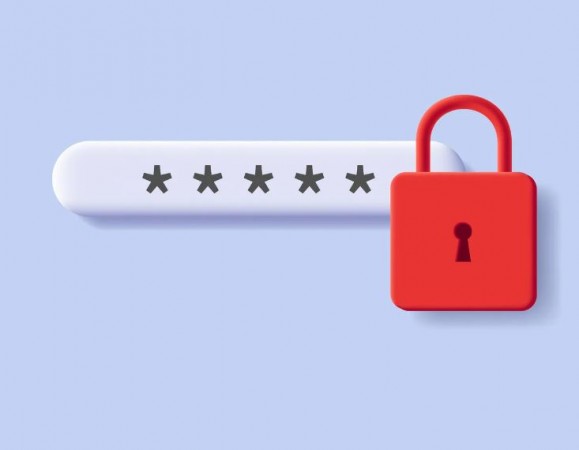
In today's digital age, where most of our personal information is stored online, having a secure password for your online accounts is essential to protect yourself from cyber threats. Weak passwords are one of the leading causes of data breaches and unauthorized access. In this guide, we'll walk you through the steps to create strong and secure passwords to safeguard your online accounts from potential attacks.
1. Avoid Common Password Pitfalls
Steer clear of common password mistakes, such as using easily guessable information like "123456" or "password." Avoid using obvious personal details, such as your name, birthdate, or the word "password" itself.
2. Length and Complexity Matters
Create passwords that are at least 12 to 16 characters long. Longer passwords provide increased security. Use a mix of upper and lowercase letters, numbers, and special characters to enhance complexity.
3. Unique Passwords for Each Account
Never reuse passwords across different accounts. Having a unique password for each account ensures that if one account is compromised, your other accounts remain secure.
4. Use Passphrases
Consider using passphrases instead of passwords. A passphrase is a longer sequence of words or a sentence that is easy for you to remember but difficult for others to guess. For example, "MyDogLikesToRunInThePark!"
5. Avoid Dictionary Words
Hackers use dictionary attacks to guess passwords. Avoid using actual dictionary words as your password, even if you mix in numbers or characters.
6. Use Password Managers
Consider using a password manager to generate and store strong passwords for your various accounts. Password managers provide a secure vault to keep track of your passwords, making it easier to maintain unique and complex passwords for each account.
7. Enable Two-Factor Authentication (2FA)
Wherever possible, enable two-factor authentication (2FA) for your online accounts. 2FA adds an extra layer of security, requiring a second form of verification (e.g., a code sent to your phone) in addition to your password.
8. Regularly Update Passwords
Change your passwords regularly, especially for critical accounts like email and banking. Regular updates reduce the risk of unauthorized access due to potential data breaches.
9. Be Wary of Phishing
Beware of phishing attempts where attackers try to trick you into revealing your passwords. Always verify the authenticity of emails or websites before entering your login credentials.
10. Educate and Secure All Devices
Educate your family members or colleagues about the importance of secure passwords. Ensure that all devices, including smartphones and tablets, have strong passwords or biometric security enabled.
A secure password is your first line of defense against online threats. By following these guidelines and adopting good password practices, you can significantly improve the security of your online accounts and protect your valuable personal information from unauthorized access.